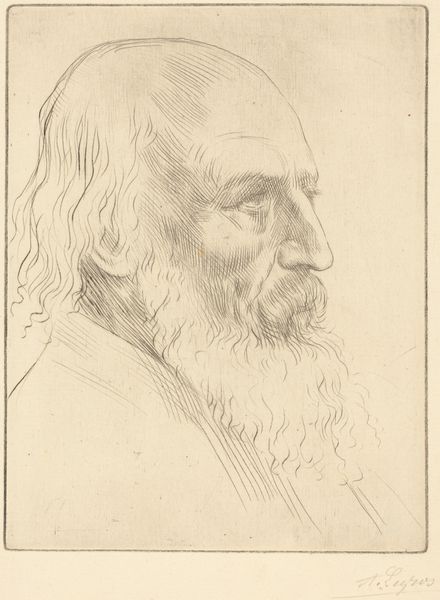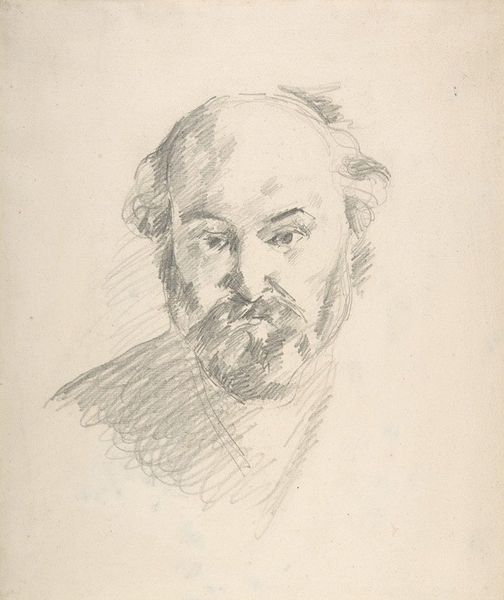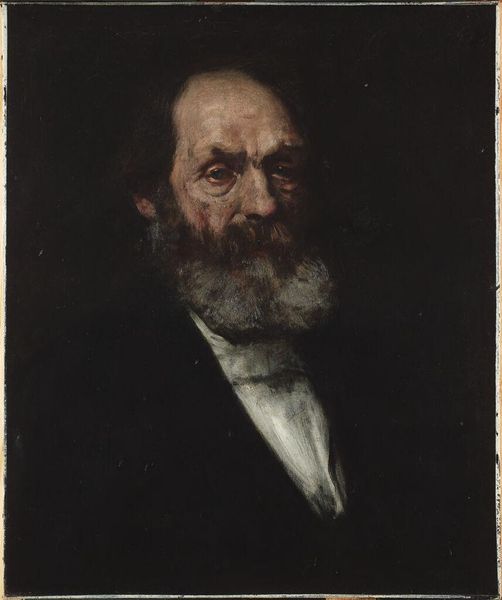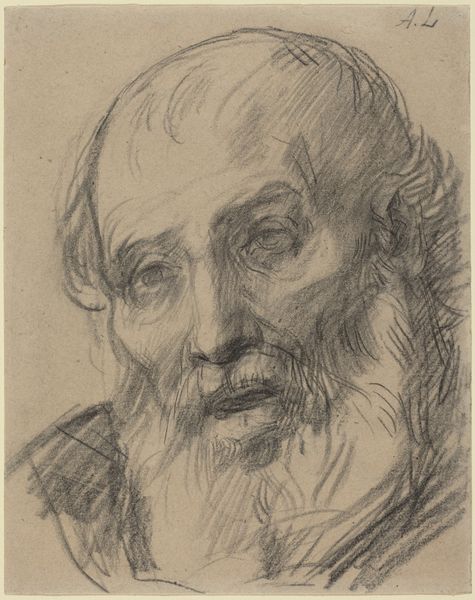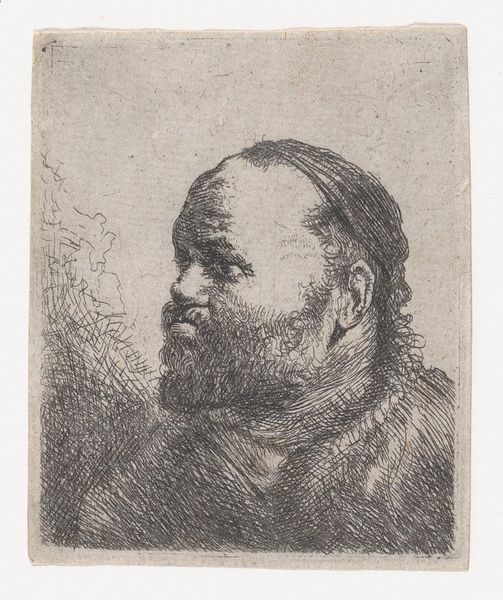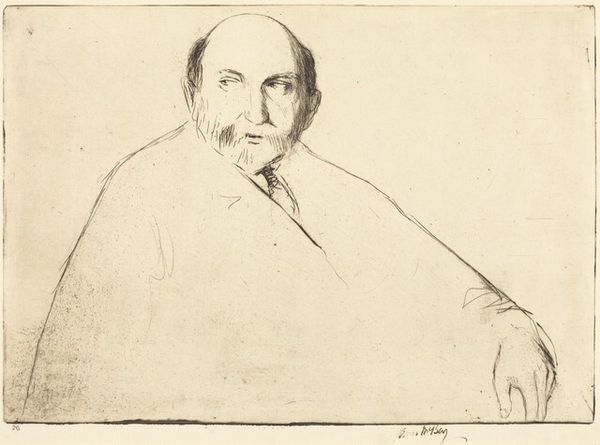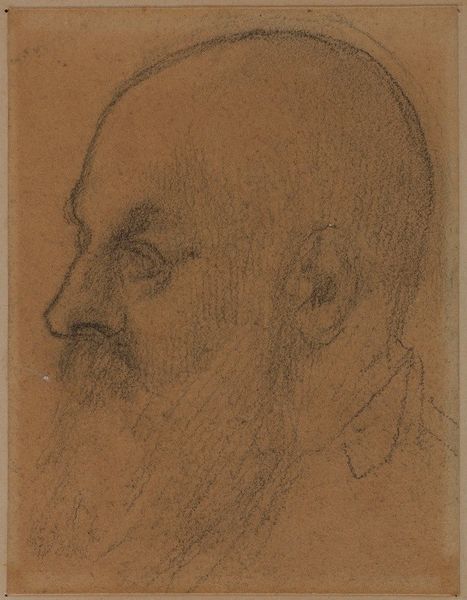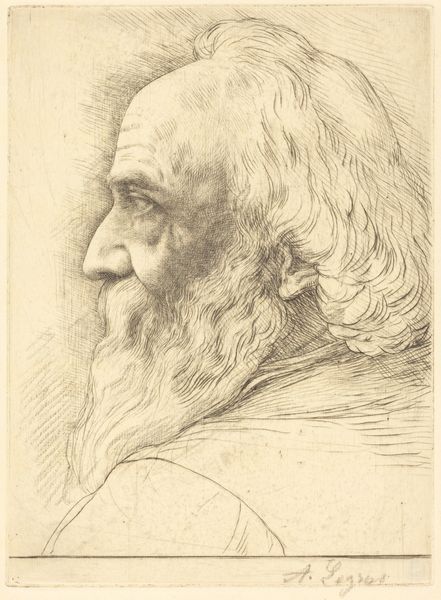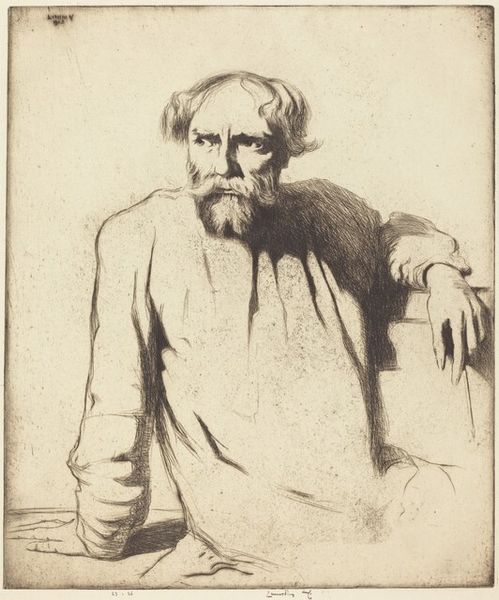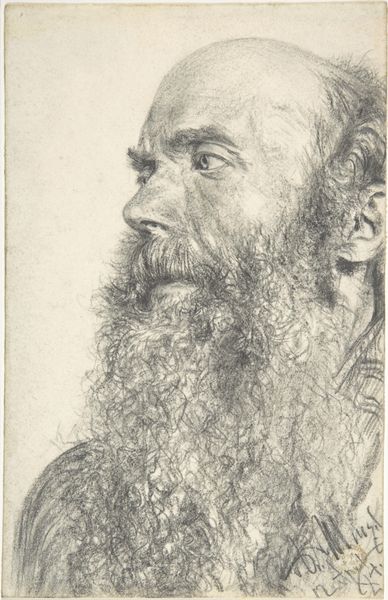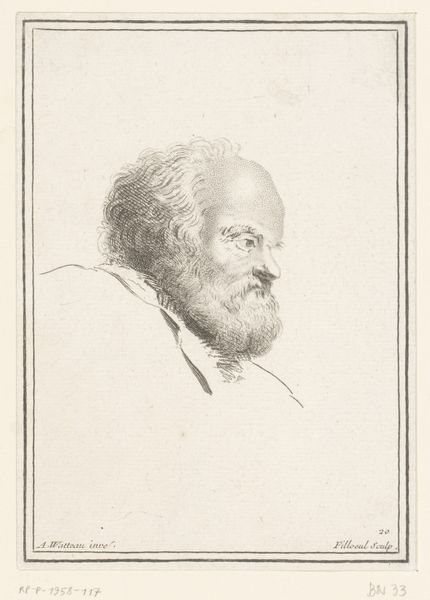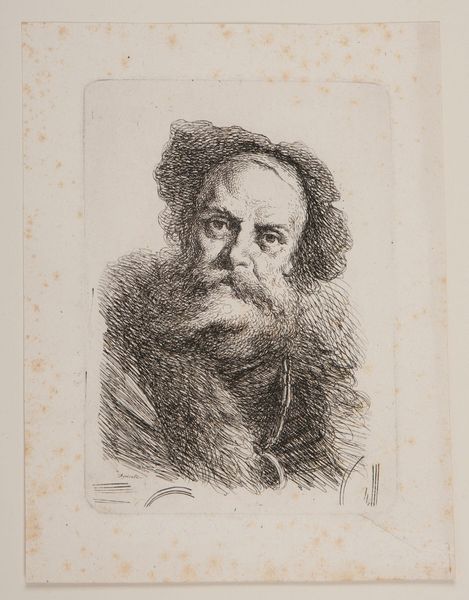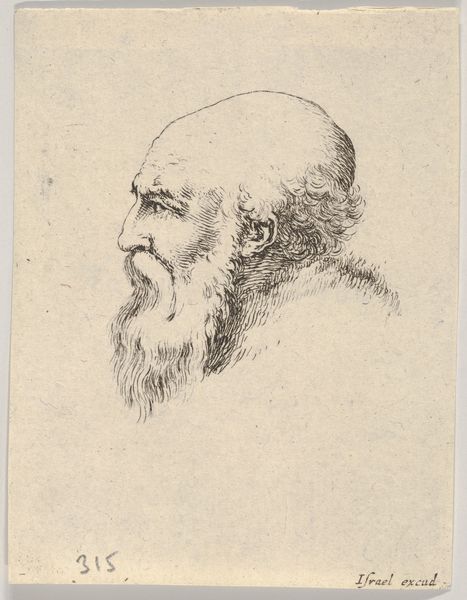
drawing, pencil
#
portrait
#
drawing
#
pencil drawing
#
pencil
#
portrait drawing
#
realism
Dimensions: height 170 mm, width 130 mm
Copyright: Rijks Museum: Open Domain
Editor: This is a pencil drawing from 1880 titled "Portret van P.J.H. Cuypers," housed in the Rijksmuseum and created by Bramine Hubrecht. I'm struck by the sitter's stoicism; he appears thoughtful. What do you see in this piece? Curator: It’s more than just a portrait; it’s a window into the construction of national identity in the late 19th century. Cuypers was, after all, the architect of the Rijksmuseum itself, as well as Amsterdam Central Station. This image becomes a symbol of Dutch cultural heritage, especially considering that architects have historically helped design the face of cities and therefore also national pride. Does that link between architecture and nationhood resonate with you here? Editor: It does, especially thinking about the cultural weight placed on those buildings even now. The drawing feels almost like an official document, solidifying Cuypers's importance. So, the choice of a relatively 'simple' medium, like pencil, makes this an exercise in nation-building as much as a rendering of a man. I wonder if the medium adds to, or detracts from, the perceived importance? Curator: That is precisely what is fascinating about it. Think about realism as a style emerging within that cultural climate. Its unembellished, seemingly objective view aligned perfectly with the desire to forge a tangible and believable national narrative. It wasn't just about accurately capturing his likeness but about projecting an image of integrity, reliability, and vision. Does that link with other 'realist' depictions you have seen of powerful or influential figures from that period? Editor: I see what you mean! So, while the pencil strokes and somewhat unfinished background might seem understated, they’re contributing to the broader goal of building trust and authority, associating him with Dutch cultural achievements. Curator: Exactly. We can see that an apparently simple drawing becomes loaded with the politics of representation. It highlights how seemingly neutral artistic choices were, and still are, implicated in constructing power and shaping cultural memory. Editor: This has made me realize there is more at play than a simple depiction of a person! It has broader implications for the social and cultural role the sitter occupied in his lifetime!
Comments
No comments
Be the first to comment and join the conversation on the ultimate creative platform.
